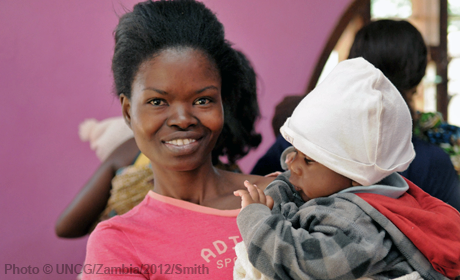Key humanitarian results 2022

UNFPA-assisted safe deliveries

Total people reached with all types of GBV services

Total women reached with all types of SRH services

Number of people reached with SRH/GBV information and awareness activities

Dignity Kits distributed

Number of adolescent and youth-friendly spaces supported by UNFPA

Number of health facilities that provide specialized GBV services (including Clinical Management of Rape), supported by UNFPA

